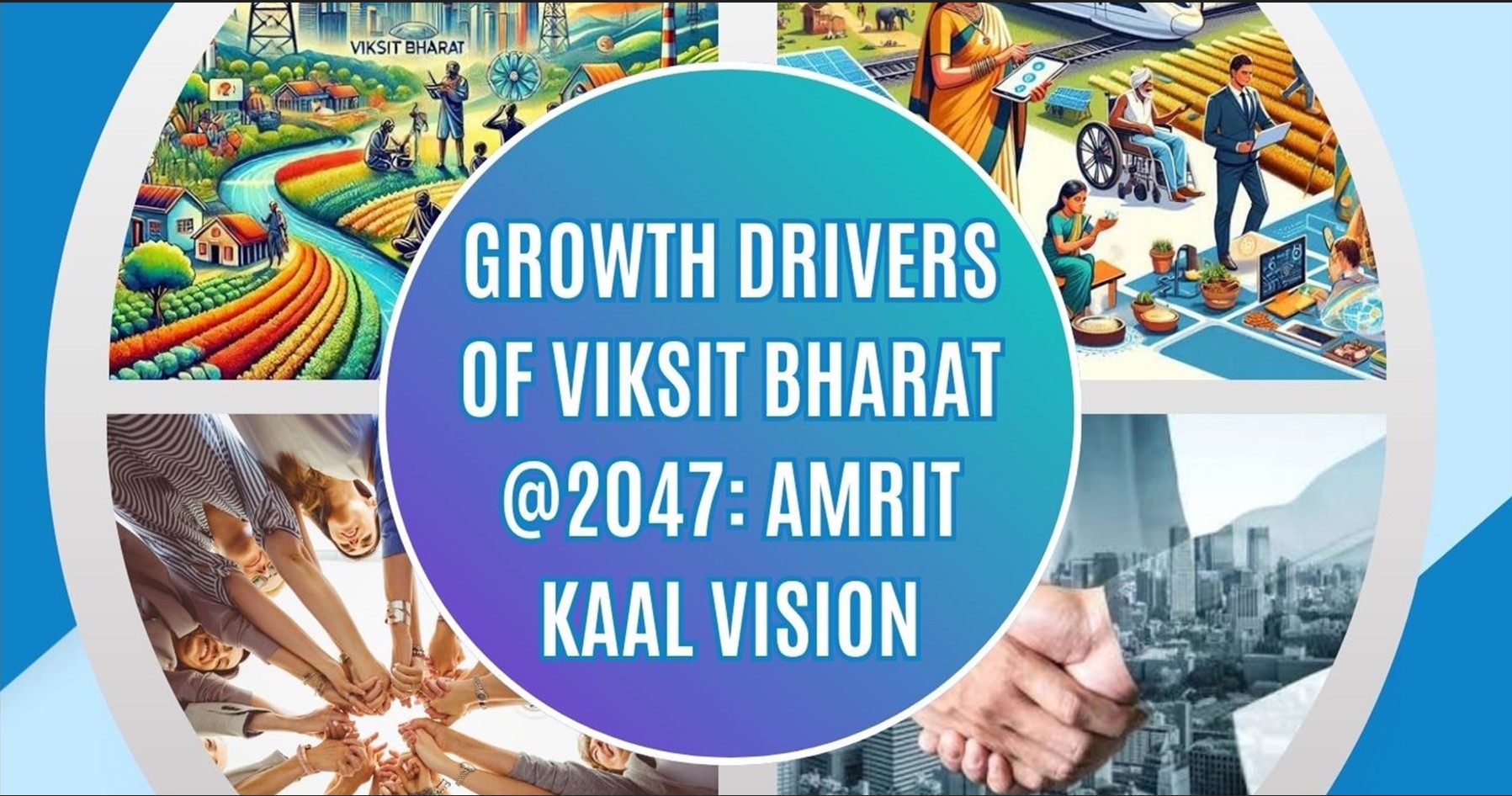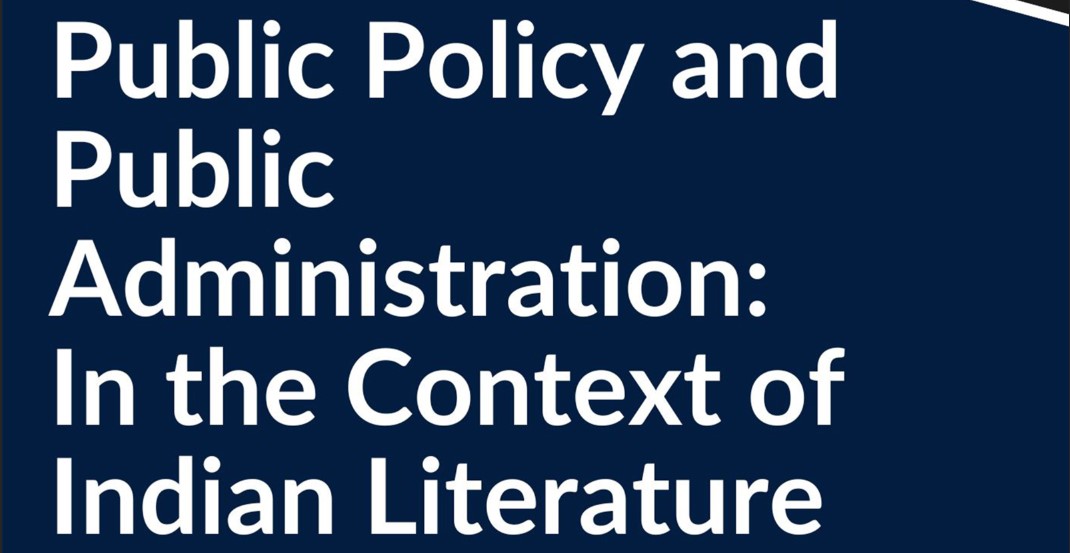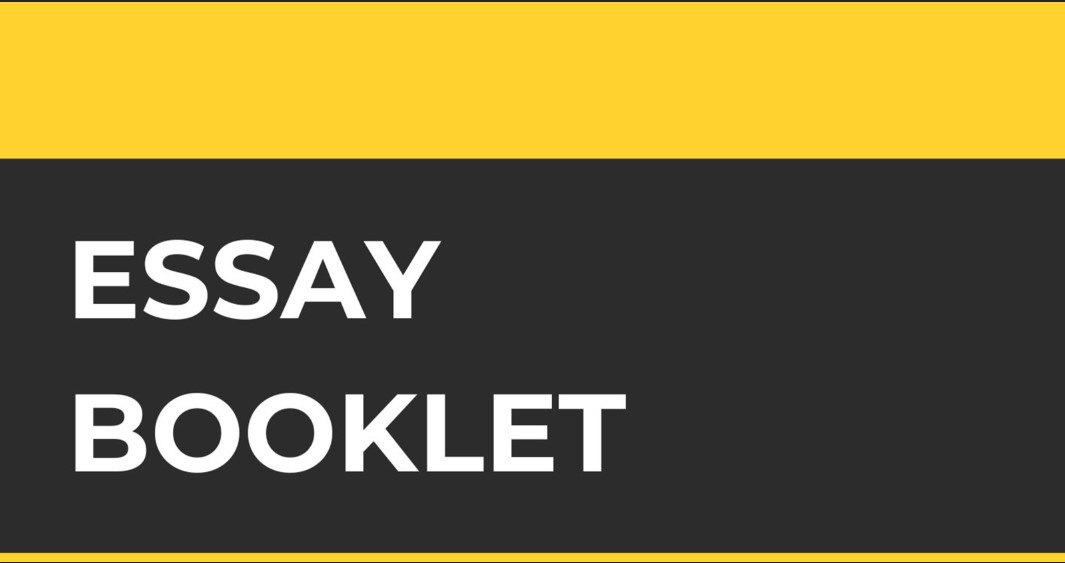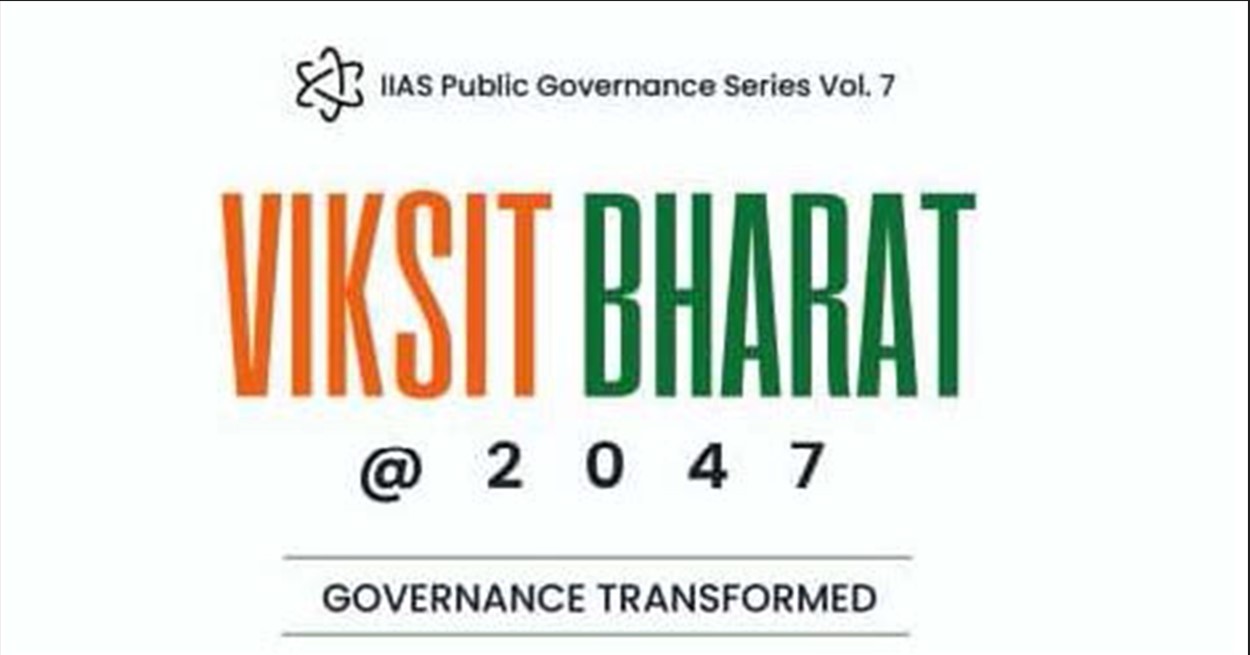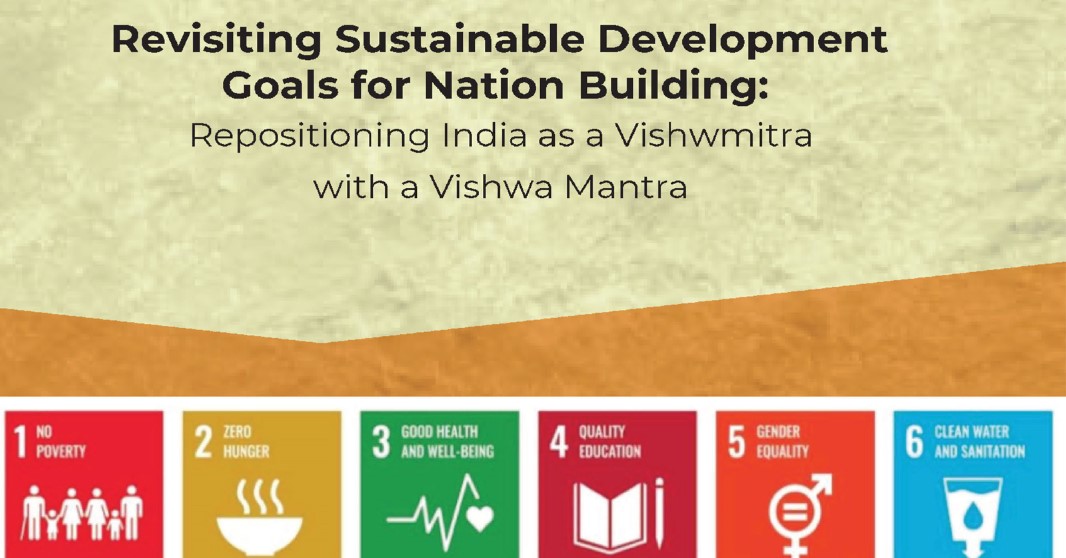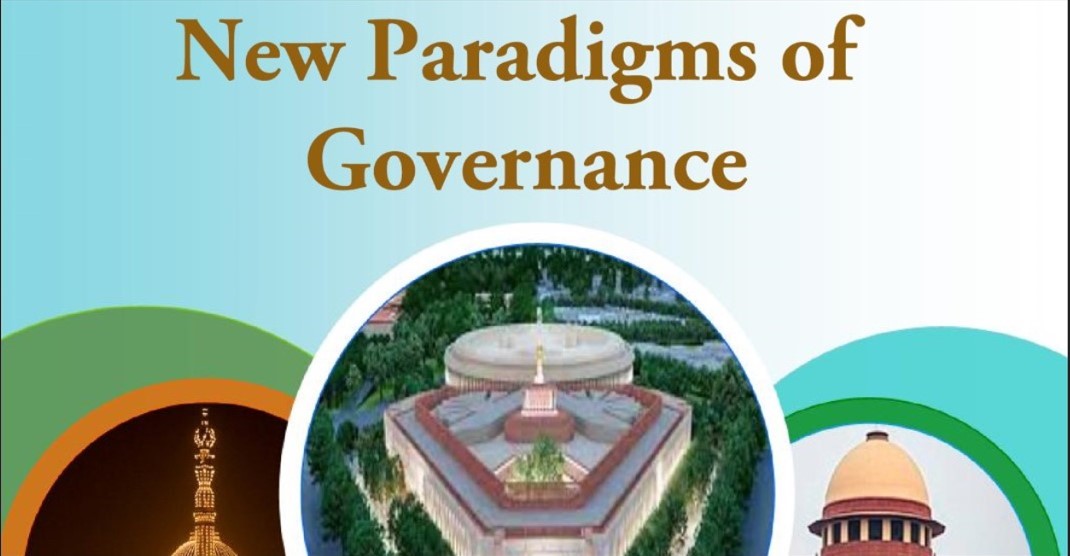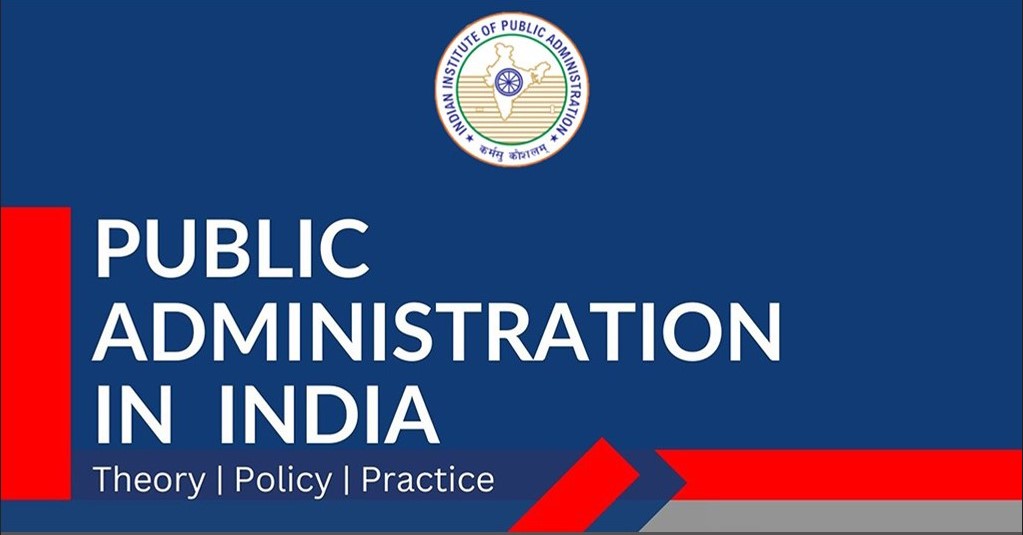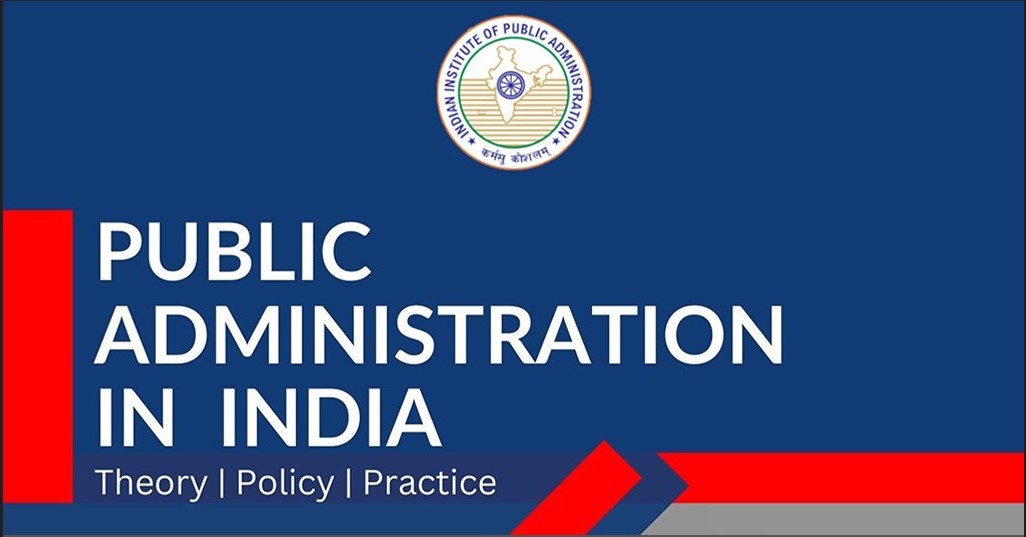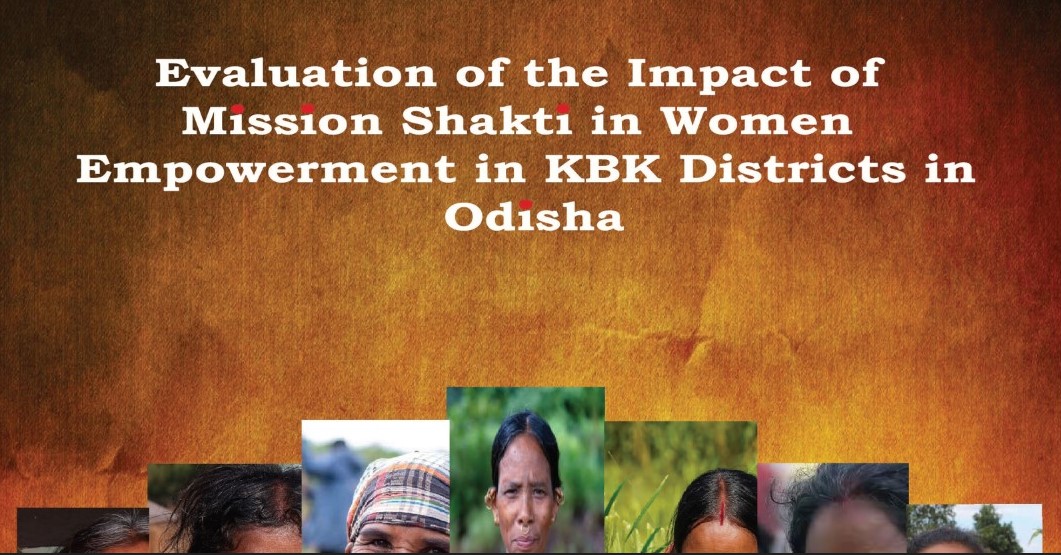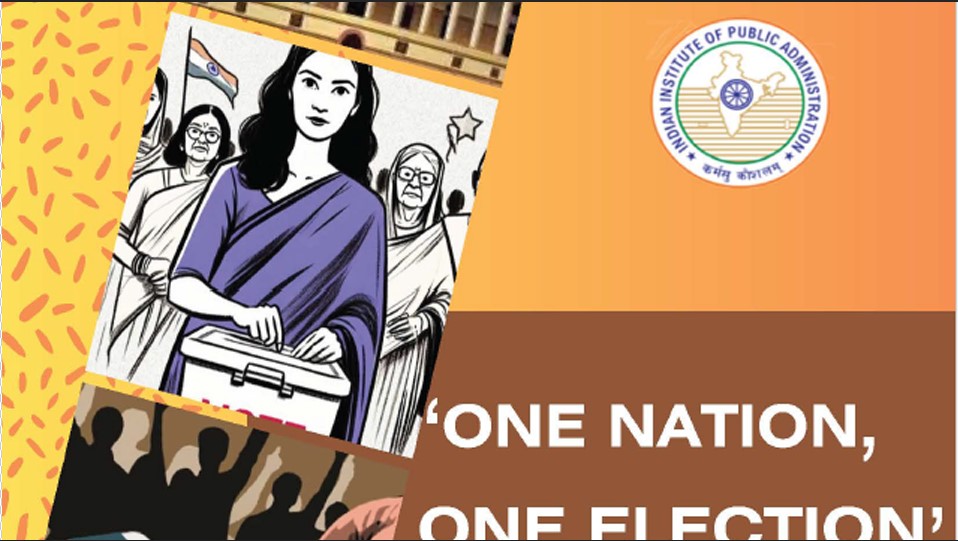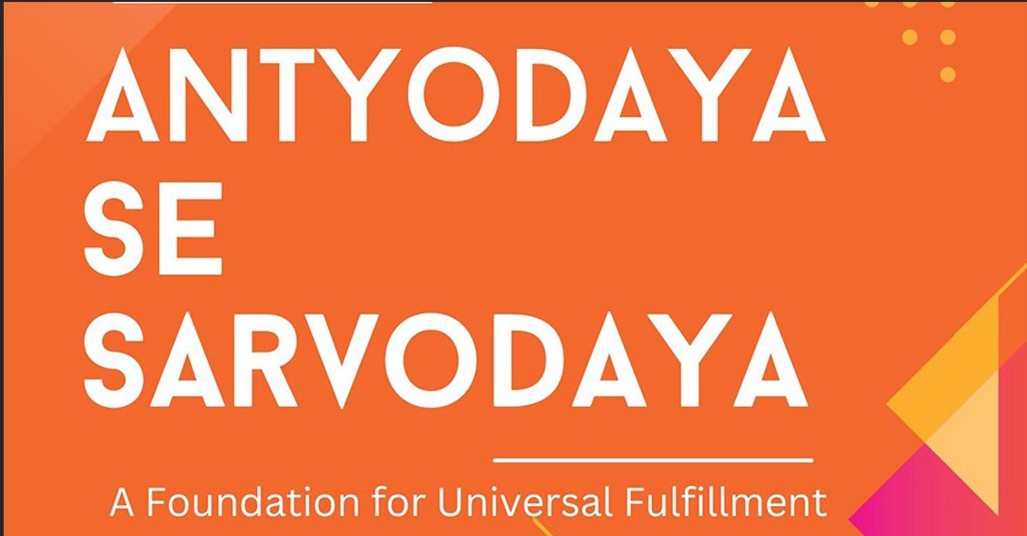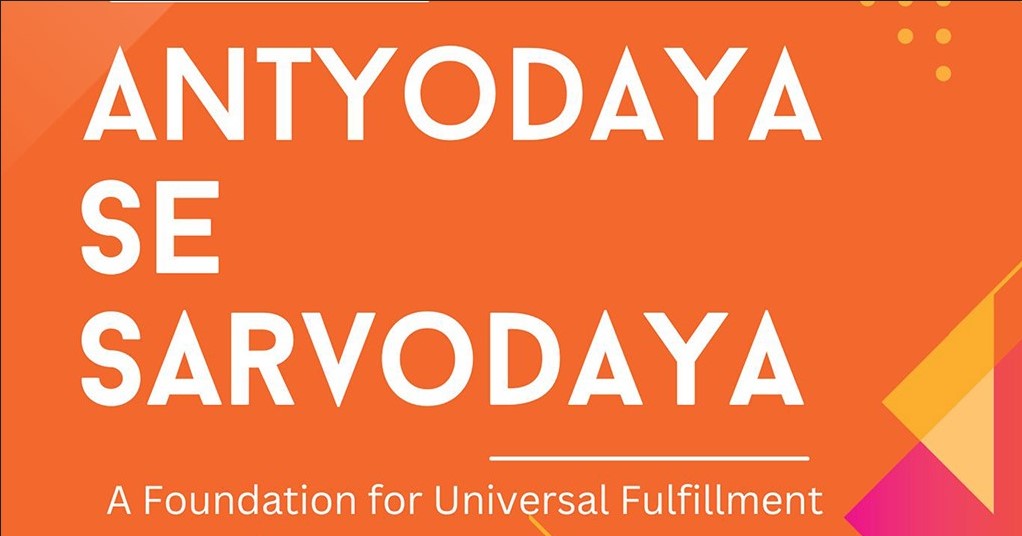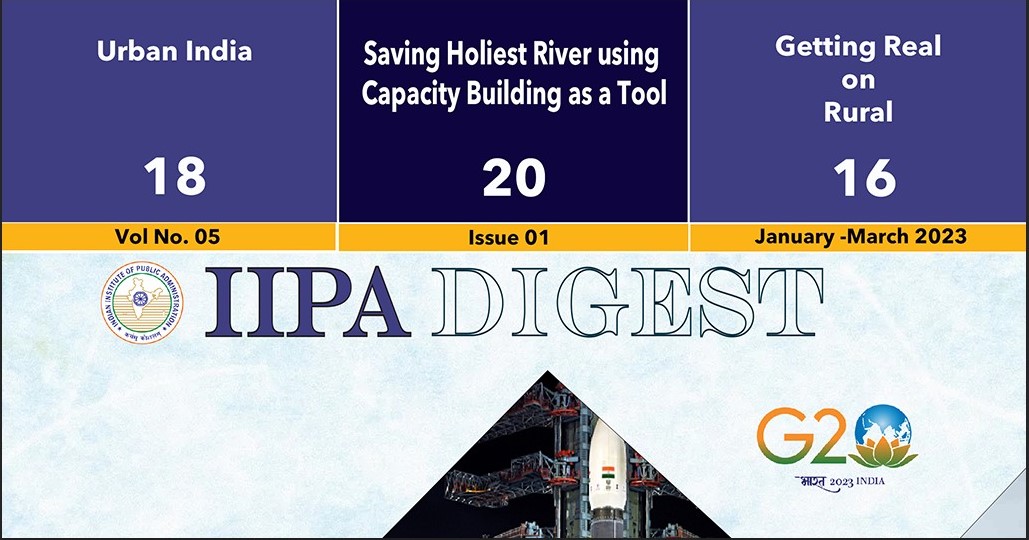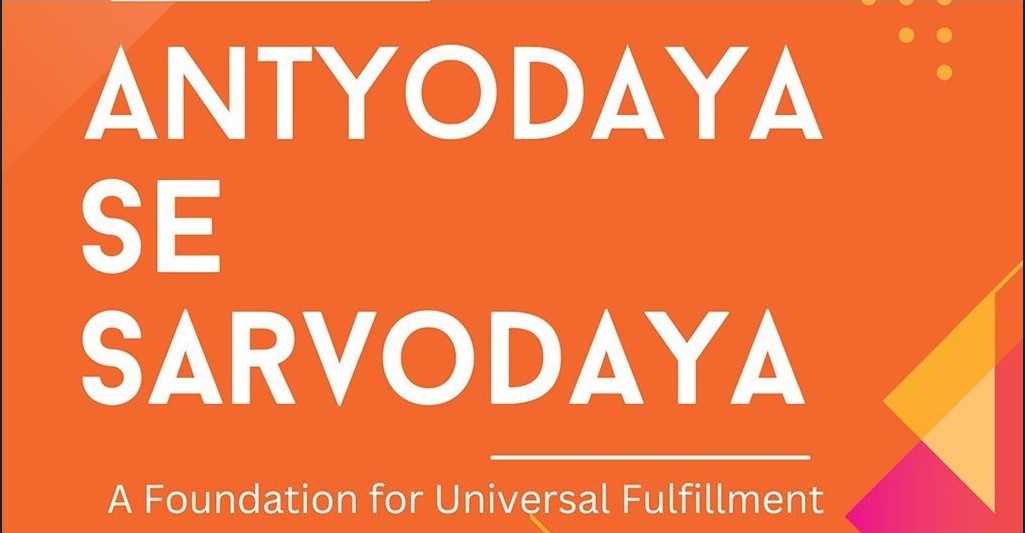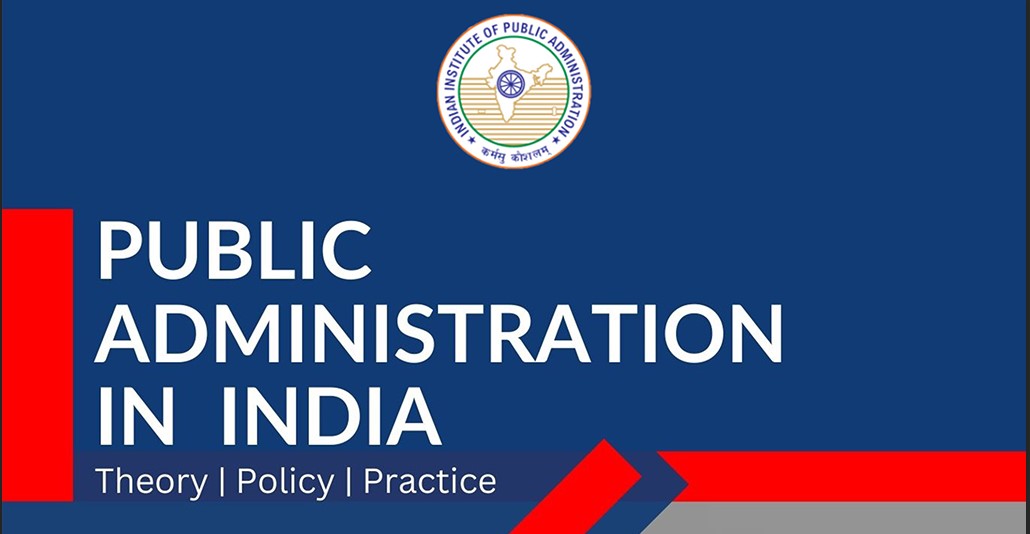Quality Education for All: Bridging Gaps to Achieve Viksit Bharat
Abstract
Education is a key driver of national development, enabling individual empowerment and societal transformation. Despite progress toward universal education in India, significant challenges such as socioeconomic, geographic, and gender disparities continue to limit equitable access to quality learning. This paper examines the pivotal role of inclusive education in realizing a "Viksit Bharat" (Developed India), focusing on systemic barriers like teacher shortages, infrastructure deficits, curriculum irrelevance, and digital inequality. It explores the transformative potential of technology integration, skill-based learning, and localized pedagogies. Additionally, it evaluates the impact of initiatives like the National Education Policy (NEP) 2020 and grassroots efforts in improving learning outcomes and employability. The study emphasizes the importance of multi-stakeholder collaboration to build a resilient, learner-centric educational ecosystem.
Key words: Viksit Bharat, quality education, skills development, intellectual rigour, competencies
1. Introduction
In his 2021 Independence Day address, the Honorable Prime Minister outlined his plans for Amrit Kaal and India in 2047, the year the nation will commemorate its 100th Anniversary of independence. According to Amrit Kaal, India's economy is knowledge-based and propelled by technology, with a strong public coffer and a thriving financial industry.
He coined the motto "Sabka Saath, Sabka Vikas, Sabka Vishwas, and Sabka Prayas" to accomplish these aims. Promoting high-quality education and skill development as a way to boost economic growth, lessen inequality, and enhance social cohesion has been one of Viksit Bharat's top priorities in recent years. To this end, the Viksit Bharat has established a set of parameters for quality education and skills development that can guide policymakers and practitioners in their efforts to improve educational outcomes and prepare individuals for the challenges of the 21st century.
2. Review of Literature
Gupta and Patil (2010) highlighted the role that higher education plays in economic growth. The Founding Fathers consistently underlined the need for postsecondary education despite little funding. A major "instrument for social, economic, and political transformation" (Mukherjee, n.d.) was thought to be present. India made expanding equitable access to education a top priority as soon as it gained independence. The focus on quality at HEIs has just recently shifted to better equip people for the market economy, following technological advancements and globalization. By equipping students with the most recent knowledge, skills, and capacities for a world that is becoming more complex, unpredictable, and interdependent, India hopes to establish itself as a knowledge hub. It requires the right foundation and aptitude in addition to establishing the cardinal values of heart and brain. In addition to aiding in economic expansion and national advancement, higher education in India has grown to be a multibillion-dollar sector in and of itself; therefore, quality is crucial.
Singh (2015) claimed that affordable, high-quality university education is now widely available to students at all levels. India has raised enrollment and greatly enhanced learning outcomes through carefully thought-out growth and a student-centric, learning-driven educational approach. Universities have been able to expand on their strengths and meet a range of educational demands thanks to a unique three-tiered university system, where each tier has a defined strategic objective. Furthermore, India has been able to resolve the long-standing conflict between equity and genius by making good use of technology. By raising the number of PhD students at research universities, decoupling educational requirements from teaching eligibility, and making teaching an attractive career option, India has also made significant adjustments to enhance faculty-student ratios. However, there are significant and wide-ranging challenges. Significant issues facing India's education sector are also covered in the paper, including faculty shortages, research and development, quality education, and the imbalance between supply and demand. Higher Education, Quality Education, Untrained. An overview of high-quality education is UNICEF's fourth sustainable development goal, according to Majumdar and Mondal's (2019) study article. It aims to address a few specific queries regarding the significance of high-quality education. How can we guarantee top-notch instruction? What challenges come with establishing high-quality education? How might effective governance, accountability, monitoring, and assessment contribute to the creation of high-quality education? Can morality and spirituality be helpful in this case? Or could emerging technologies like artificial intelligence and ICT be useful in this context? How is education doing in India right now? Lastly, an effort will be made to offer some suggestions for the proper use of high-quality education. Sutar and Patel (2022) talked about how the Right to Education Act has transformed India's educational system. Although the higher education system in India has numerous concerns and challenges, there are numerous opportunities to overcome obstacles and improve the higher education system. More transparency and accountability are required. In this paper, we explore the Indian education scene and highlight developing concerns and challenges in Indian education.
3. Research Methodology
The present study is a descriptive one and based on data that came from other sources. The secondary data came from different reports, journals, the Internet, etc., that were already out there.
4. Introduction to Viksit Bharat Parameters on Quality Education and Skills Development
Promoting lifelong learning opportunities, ensuring inclusive and equitable access to education, improving the quality and relevance of education and training, and addressing the skills gap between education and labor market demands to increase productivity and employability are the goals of Viksit Bharat's quality education and skills development parameters. From early childhood education to vocational training and lifetime learning, the Viksit Bharat criteria on quality education and skills development encompass a wide range of objectives and indicators. Enhancing learning experiences, expanding access to education and training, and making sure that educational and training systems adapt to the shifting demands of the labor market are some of the main objectives of the Viksit Bharat in this field. Promoting innovation and digitization in education, fostering public-private partnerships to support education and training initiatives, and encouraging the recognition and validation of informal and non-formal learning are all significant facets of Viksit Bharat's approach to education and skills development. Overall, the Viksit Bharat parameters on quality education and skills development reflect a commitment to building inclusive, equitable, and sustainable education and training systems that can support economic growth and social development in the years to come.
4.1 Key Features of Quality Education
The process of assisting people in acquiring the necessary knowledge, abilities, attitudes, beliefs, and habits is known as education. Ensuring that students acquire the necessary skills, providing equal opportunities for males and girls, and ensuring that schools have the necessary facilities, supplies, and resources, as well as scholarships and an adequate number of teachers, are all components of quality education. The following lists the main characteristics of quality education:
Accessible and Equitable
Education and skills development opportunities should be available to all, regardless of their socioeconomic background, gender, or ethnicity.
Learner-Centred
Education should be tailored to the needs of individual learners, allowing them to explore their interests and passions while developing the skills they need to succeed.
Well-Trained and Qualified Teachers
Quality education requires well-trained and qualified teachers who are knowledgeable in their subject areas and skilled in teaching.
Effective Pedagogy
Effective teaching and learning strategies should be used to help learners develop a deep understanding of the subject matter and relevant skills.
Relevant and up-to-date Curriculum
The curriculum should be designed to meet the needs of the learners and the demands of the job market, ensuring that learners are equipped with relevant and practical skills.
Technology-Enabled
Technology should be integrated into education and skills development, providing learners with access to online resources and tools that can enhance their learning experience.
Assessment for Learning
Assessment should be used to support learning, helping learners understand their strengths and areas for improvement and providing feedback to teachers to improve their teaching strategies.
Lifelong Learning
Education and skills development should be viewed as a lifelong process, allowing individuals to continue learning and developing their skills throughout their lives.
Collaboration and Teamwork
Learners should be encouraged to work collaboratively and develop skills in teamwork, communication, and leadership.
Empowerment and Agency
Quality education should empower learners to take ownership of their learning and develop agency over their own lives, allowing them to make informed decisions and pursue their goals with confidence.
5. Viksit Bharat Initiatives and Various Schemes
In order to support high-quality education and improve the development of skills among students seeking higher education, the government has taken the initiative to introduce student-friendly programs. The government has put out numerous additional programs under Viksit Bharat to guarantee high-quality education, and the New Education Policy is another step in the direction of a skilled India. Here are a few well-known schemes:
i. Pradhan Mantri Kaushal Vikas Yojana (PMKVY)
The Ministry of Skill Development and Entrepreneurship launched the Pradhan Mantri Kaushal Vikas Yojana (PMKVY) in 2015, administered by the National Skill Development Corporation (NSDC). The Government of India aims to provide the country’s youth with training that will help them achieve meaningful, industry-relevant skills, which will help them to earn a livelihood.
ii. Rozgar Mela
The Rozgar Mela is an event where a number of employers and job seekers come together for the purpose of applying and interviewing for jobs. Defined more precisely, a Rozgar Mela is an employment strategy to fast-track the meeting of job seekers and employers. Rozgar Melas are typically held in large assembly halls with a booth for each employer. At the front of each booth is a table that displays company brochures and information. Usually, several company representatives staff each booth, standing behind tables as they talk to job seekers. Some companies decorate their booths with banners and signs. Rozgar Melas range in size from 5 – 100 employers with many hundreds of job seekers. Even small Rozgar Melas can be busy events with lines of job seekers waiting to see company representatives Ministry of Skill Development and Entrepreneurship launched the Pradhan Mantri Kaushal Vikas Yojana (PMKVY) in 2015, administered by the National Skill Development Corporation (NSDC). The Government of India aims to provide the country’s youth with training that will help them achieve meaningful, industry-relevant skills, which will help them to earn a livelihood.
iii. Pradhan Mantri Kaushal Kendra (PMKK)
The Ministry of Skill Development and Entrepreneurship aims to set up a visible and aspirational model training centre. This state-of-the-art centre is called Pradhan Mantri Kaushal Kendra. The purpose of the centre is to transform India into the world’s skill capital. These centres provide vocational training in all districts of the nation.
iv. School Initiatives and Higher Education
The school education space, NSDC expanded its footprint to 2 new states of Andhra Pradesh and Tamil Nadu, taking the total count of states and UTs engaged to 28 with a total of 9182 schools. NSDC has worked with the Ministry of Education (erstwhile MHRD) to restructure the implementation model of skill development training in schools from a 4-year (1 entry at 9th class and 1 exit at 12th class) to a 2-year model (entry at 9th and exit at 10th; again entry at 11th and exit at 12th class). 73 Job roles (pegged at NSQF Level 2 to 4) were identified across 21 Sectors and will be offered in schools. NSDC also roped in Delhi Public School to initiate the implementation of Skill Development courses. NSDC partnered with Kunskapsskolan (Swedish multinational school education organization) and Manav Rachna International University a unique model of imparting education & learning in India. NSDC ran a pilot project in 100 schools of Haryana in 3 Sectors Beauty & Wellness, IT-ITeS & Retail. Model IT Labs have been developed in 5 schools across 5 districts in Haryana.
v. India International Skill Centers (IISCs):-
The Indian government is eager to take advantage of the demographic dividend of the country's youthful workforce in order to address the global labor deficit in the upcoming years. The India International Skill Centre (IISC), established by the Ministry of Skill Development & Entrepreneurship (MSDE) as part of the "Skill India Mission," aims to achieve this goal by offering skill training and certification that is in line with international standards. The National Skill Development Corporation (NSDC) established IISCs during the pilot phase to administer the Pradhan Mantri Kaushal Vikas Yojana (PMKVY) and Pravasi Kaushal Vikas Yojana (PKVY) programs for young people looking for employment opportunities abroad. Candidates are receiving Pre-Departure Orientation Training (PDOT) and domain skill training on international standards as part of the IISC Program.
6. Impact of Quality Education on Skills Development
Quality education would assure a skilled India as well as our country's economic progress. A skilled nation can create employment and income opportunities. The following are some of the benefits of Quality Education and Skills Development courses in the education sector and in creating employability:
Improved Employability
Quality education and skills development equip individuals with the knowledge, skills, and competencies that employers seek, making them more attractive to potential employers and increasing their chances of finding gainful employment.
Increased Productivity
Education and skills development enable individuals to be more productive and efficient in their work, leading to increased output and higher-quality work.
Higher Earning Potential
Individuals with higher levels of education and skills development are typically able to command higher salaries, leading to greater financial security and stability.
Enhanced Personal Development
Education and skills development foster personal growth and development, helping individuals to develop a sense of purpose, confidence, and a lifelong passion for learning.
Improved Health and Well-being
Education and skills development are strongly associated with better health outcomes, including increased life expectancy, reduced morbidity, and improved mental health.
Reduced Poverty and Inequality
Education and skills development are key drivers of economic growth and social mobility, helping to reduce poverty and inequality by providing individuals with the skills and knowledge they need to access better jobs and higher wages.
Enhanced Civic Engagement
Education and skills development equip individuals with the knowledge and skills needed to participate actively in civic life, including through community service, voting, and other forms of engagement.
Improved Innovation and Entrepreneurship
Education and skills development foster creativity, critical thinking, and problem-solving skills, enabling individuals to develop innovative solutions to complex problems and pursue entrepreneurial opportunities.
Increased Social and Cultural Awareness
Education and skills development promote social and cultural awareness, helping individuals to appreciate diversity and embrace different perspectives, leading to greater social harmony and understanding.
Improved National and Global Competitiveness
Education and skills development are critical to the competitiveness of individuals, communities, and nations in the global economy, providing the foundation for innovation, growth, and prosperity.
7. Challenges in Sustainable Quality Education and Skills Development
While the benefits of quality education and skills development are numerous, there are some potential challenges in practicing quality education and skills-based education; some are mentioned below:
High Cost
Quality education and skills development programs can be expensive, making them inaccessible to individuals from low-income families or developing countries.
Inequality of Access
Even when education and skills development programs are available, not everyone has equal access to them due to factors such as geography, socio-economic status, or gender.
Standardization
A focus on standardization and testing can sometimes limit individualized learning and creativity, leading to a one-size-fits-all approach that may not meet the needs of all learners.
Over-emphasis on Academic Achievement
An over-emphasis on academic achievement can lead to a narrow definition of success that undervalues other forms of learning, such as practical skills or personal development.
Inadequate Preparation for the Job Market
Some educational programs may not adequately prepare individuals for the job market, leading to a mismatch between the skills they have and the skills that employers are seeking.
Marginalization of Certain Groups
Education and skills development programs may sometimes marginalize certain groups, such as women, ethnic minorities, or individuals with disabilities, by failing to account for their unique needs or perspectives.
Unrealistic Expectations
A focus on education and skills development as a solution to all social and economic problems can create unrealistic expectations and a sense of disillusionment when those expectations are not met.
Inflexibility
Some educational programs may be inflexible, failing to adapt to changing circumstances or new technologies, leading to a mismatch between the skills being taught and those needed in the modern job market.
Skills Gaps
While education and skills development can be effective in equipping individuals with the skills they need, there may still be skills gaps in certain industries or regions that need to be addressed through targeted programs or policies.
Lack of Motivation
Despite the benefits of education and skills development, some individuals may lack the motivation or interest to pursue these opportunities, leading to a waste of resources and missed opportunities for personal and professional growth.
Inadequate Funding
Quality education and skills development require significant investment, but funding can be inadequate, leading to a lack of resources for educational institutions and learners.
Limited Access
Access to quality education and skills development is not universal, with many individuals in developing countries, low-income communities, or remote areas having limited access to educational opportunities.
Inequitable Distribution
Even when education is available, it may not be distributed equitably, with some regions or groups receiving better quality education than others.
Poor Infrastructure
In many regions, the lack of adequate infrastructure, such as schools, classrooms, and educational materials, can hinder the delivery of quality education and skills development.
Lack of Qualified Teachers
Quality education requires qualified and experienced teachers, but in many regions, there is a shortage of such teachers, leading to a lack of quality education.
Curriculum Challenges
Developing and delivering a relevant and up-to-date curriculum that meets the needs of learners and the demands of the job market can be a challenge.
Pedagogical Challenges
Effective teaching and learning strategies that promote critical thinking, creativity, and problem-solving can be challenging to develop and implement.
Technology Limitations
Technology can enhance the delivery of quality education, but in many regions, there is limited access to technology, hindering the ability to use it for educational purposes.
Cultural Barriers
Cultural beliefs and practices can sometimes hinder access to quality education and skills development, particularly for girls and women.
Coordination Challenges
Delivering quality education and skills development requires coordination among different stakeholders, including governments, educational institutions, and civil society organizations, which can be challenging to achieve.
8. Conclusion
The Viksit Bharat acknowledges the essential role of quality education and skills enhancement in driving economic development, decreasing inequality, and encouraging social inclusion. To meet these goals, the Viksit Bharat has outlined essential parameters that highlight the significance of providing quality education and skills training for everyone, investing in education as a way to facilitate economic growth and alleviate poverty, fostering innovation in education and skills training, creating pertinent and modern curricula, enhancing teacher professional development, promoting public-private collaborations, and encouraging global cooperation and knowledge exchange. By concentrating on these factors, the Viksit Bharat aims to guarantee that people can obtain quality education and skill development opportunities that will provide them with the knowledge and abilities necessary to thrive in a fast-evolving global economy. Reaching these goals will necessitate a collaborative endeavor by governments, educational bodies, civil society groups, and the private sector; however, the advantages of investing in high-quality education and skills development will be substantial for individuals, communities, and countries as a whole.
References
1. Basu S. (2020, September 2). 63 Indian universities qualify for the 2021 Times Higher Education World University Rankings. The Economic Times, Kolkata.
2. Gupta (2008). Education in the 21st century: Looking beyond university. Shipra Publications.
3. Gupta & Patil (2010), India: The contribution of the National Assessment and Accreditation Council. In Martin M. (Ed.), Equity and quality assurance: A marriage of two minds, 145–173.
4. Majumder & Palash (2018), "Accountability of the teachers of government-sponsored secondary schools of West Bengal–a contemporary study." Research Journal of Social Sciences 9 (9).
5. Majumdar & Gourish (2019), “RECENT CHALLENGES AND RESEARCH IN QUALITY EDUCATION-AN INDIAN PERSPECTIVE”, Conference paper, Educational Revocation in Contemporary Society.
6. Mukherjee B. (n.d.). Higher education as a lever of development in India. UNESCO & MGIEP.
7. Pfeffer & Coote A. (1991). Is quality good for you? A critical view of quality assurance in welfare services. Institute of Public Policy Research.
8. Prasad V. S. (2006). Quality assurance policy for higher education: Developing country perspective [Paper presentation]. First International Conference on Assessing Quality in Higher Education, University of Punjab, Lahore, Pakistan, December 11–13.
9. Singh (2015), “Challenges in Indian Education Sector” International J. Advance Research in Commerce and Management, 1(3), 54-58.
10. Sutar & Patel (2022), “A Review on Indian Education System with Issues and Challenges” Int. J. Computer Technology & Application, 11(2), 17-22.
11. University Grants Commission (UGC) (2003). Higher education in India: Issues, concerns and new directions. Recommendations of UGC Golden Jubilee Seminars 2003. Government of India.
Leave a comment
More articles from Governance & Polity




